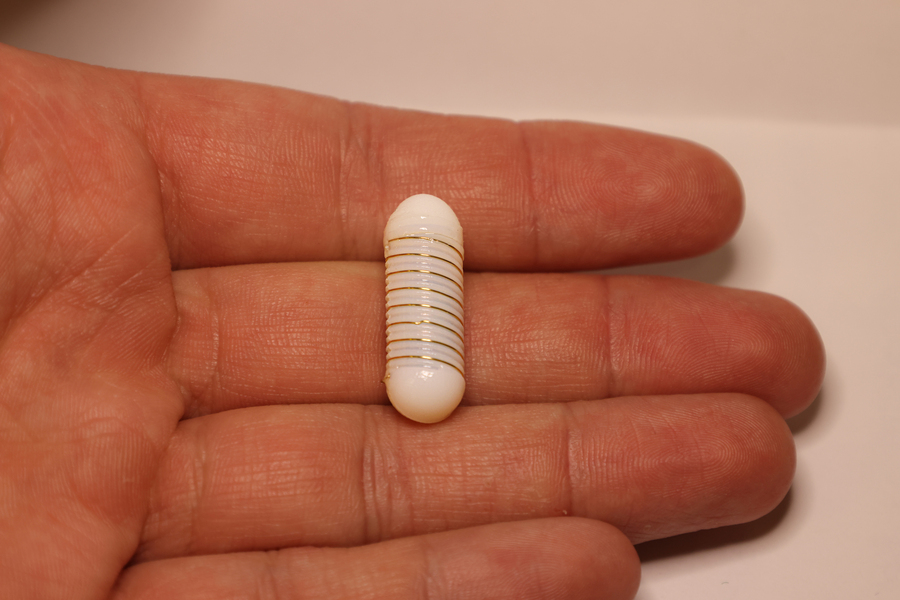Like any manufacturer worth its salt, wind turbine manufacturers are hard at work coming up with new and better wind turbine designs and equipment in an effort to save money and become more efficient. The wind turbine industry isn’t all that old and is chock full of competitors, growing globally at a compound annual rate of close to 15%.
And like in most industries, building larger and larger things using the same production methods and materials often leads to diminishing returns and the need for innovation.
Making Towers Higher & Rotors Longer
According to an article in Environmental Science & Technology Journal, studies show that turbines should be taller and rotors longer if manufacturers are to see significant improvements in the technology.
Companies in the wind industry have been testing components including blades, generators and control systems, and US DOE National Labs, Sandia, is using high-performance supercomputers to simulate larger, more complex designs.
Some manufacturers are testing lightweight fabric, for example, creating lighter turbines that generate more energy from lower wind levels. And if turbines can be lighter and stronger they can also be much bigger. There is a similarity between jet engine turbines and wind turbines in that they are incredibly difficult to manufacture reliably.
General Electric Testing New Turbine Materials
General Electric is now testing “space frame tension fabric design” and has expanded its wind turbines from a 77 meter rotor to a 90 meter rotor. At present, the current limit on rotor size is about 120 meters, but hopes are that this can be increased with new materials and designs.
GE has also begun field testing new “ice-phobic coatings” composed of nanomaterials on 1.6 MW turbine blades. Additionally, at GE’s research and development center in Munich, Germany, researchers are working on reducing radar interference by including radar-absorbing materials in rotor blades.
References and related content:







